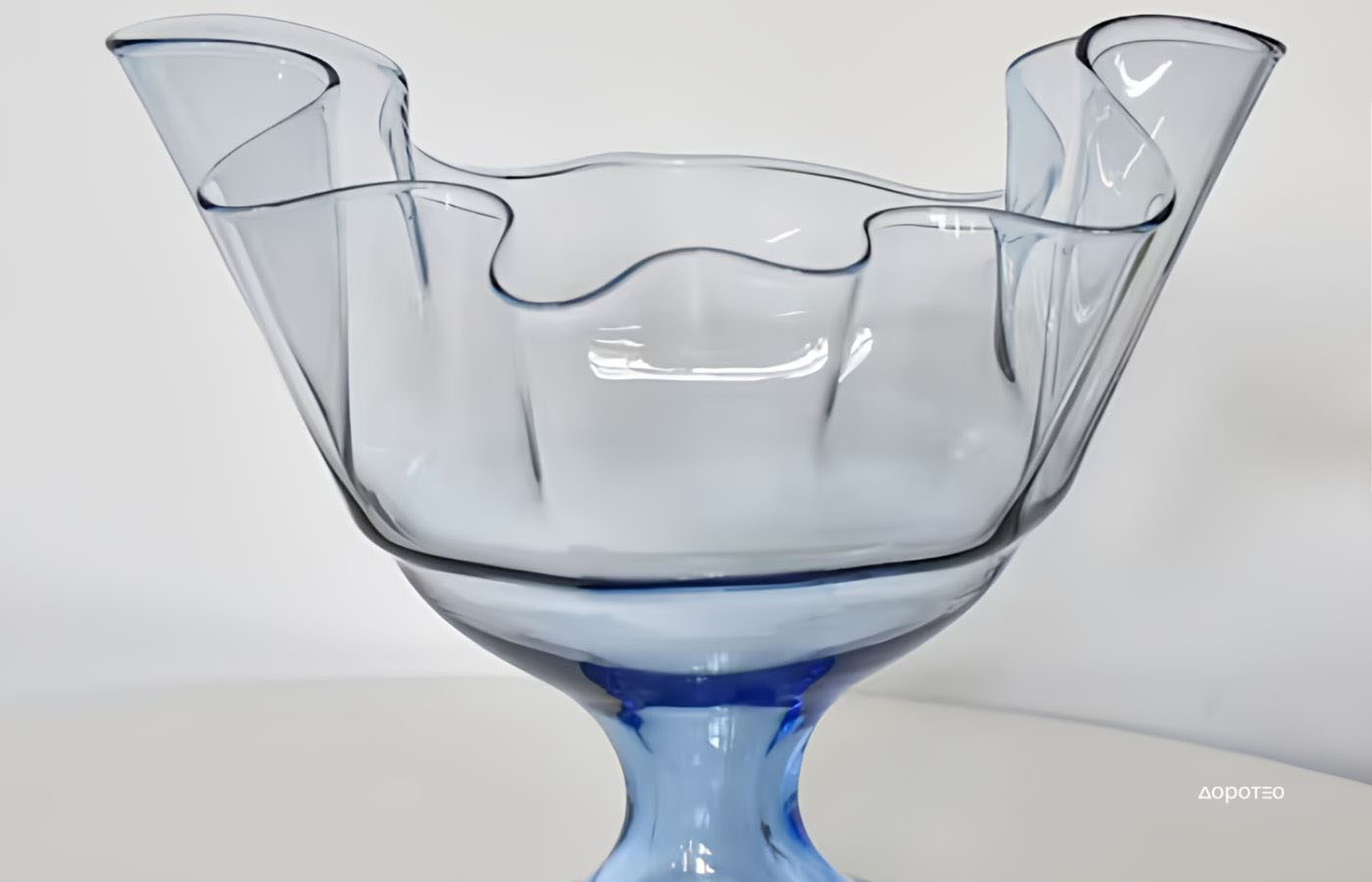
GLASS FOR WIDE CONSUMPTION – Prokuplje Glass Factory (1958 – 2003)
Pročitaj tekst na srpsko-hrvatskom!
The technology of glass production in Prokuplje dates back to ancient times and is linked to Venetian glass from the 13th century. The Yugoslav giant, the glass factory “9th October,” originated from the foundations of craft production, relying on the enthusiasm of the first generation of post-war glassmaking school members established under the auspices of the Federal Glass Directorate.
The factory was established in 1958 as a craft enterprise for processing flat glass and manufacturing mirrors, and in 1962, it grew into a factory for hollow glass production, thanks to two enthusiasts, Borisav Simić and Milosav Popović, who returned from schooling in Rogaška Slatina, Slovenia, where they studied glassmaking in the late 1950s.
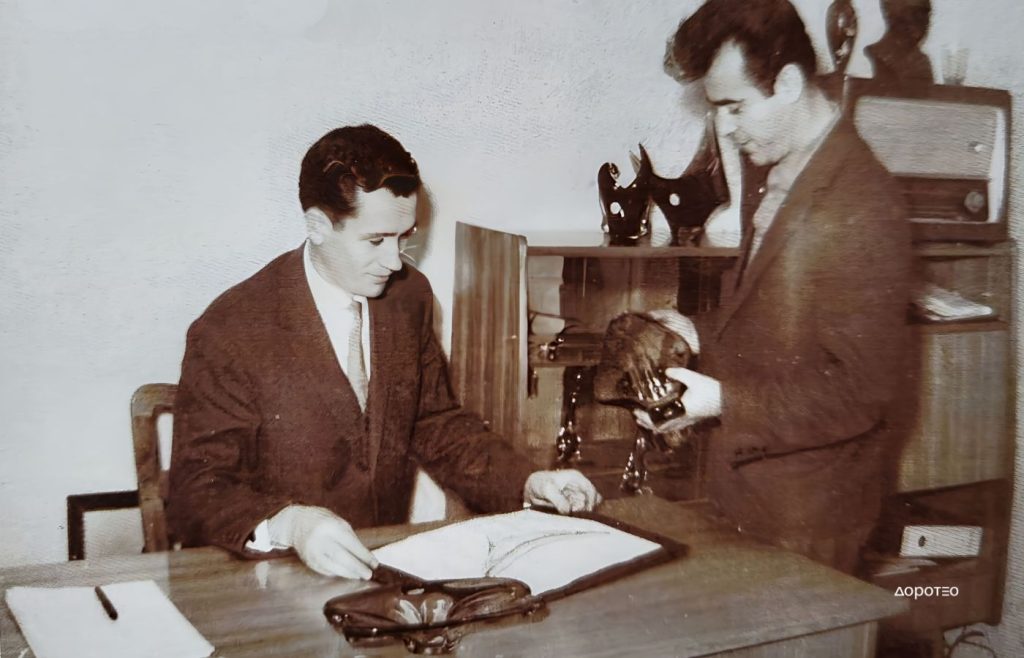
Glass Inspired by Venetian Murano
Through gradual development and the application of appropriate technologies, the Prokuplje factory became a recognizable producer of freely shaped, hand-blown colored glass. Vases, ashtrays, fruit bowls, and glasses were made following the glass produced on the Venetian island of Murano.
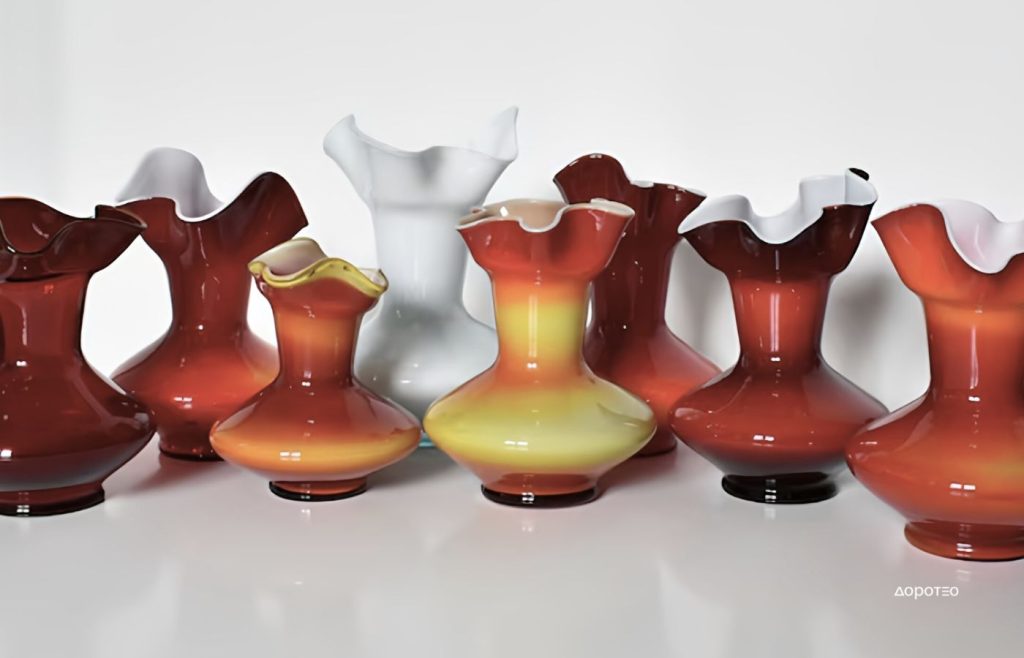
In the mid-sixties, direct contact was established with Venice, bringing in Alfio Giorgio Dinon as a specialist consultant. With his assistance, innovations were introduced, craftsmen were trained in new techniques, the product range expanded, and production was elevated to a higher level.
The production method of glass, following the Murano model, involved sophisticated craftsmanship, implying craftsmanship that transcended into art.
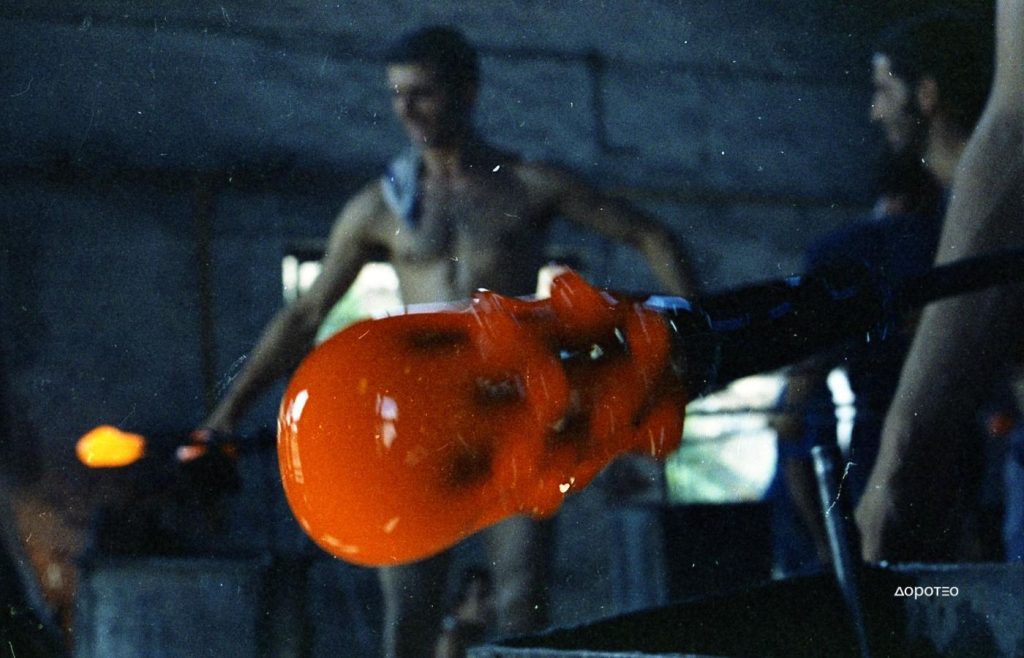
Throughout its existence, the glass factory in Prokuplje remained the only glassworks in the Yugoslav region producing handmade blown lighting and decorated glass of all shapes.
This approach was adopted because there was a market demand for it, as other domestic glassworks had almost entirely focused on automatic (machine) production, packaging glass, and colorless cut crystal. The craftsmen working in Prokuplje attended specialized glassmaking schools in Italy, Czechoslovakia, and Germany, as there was no school for specialized glassworker training in Yugoslavia.
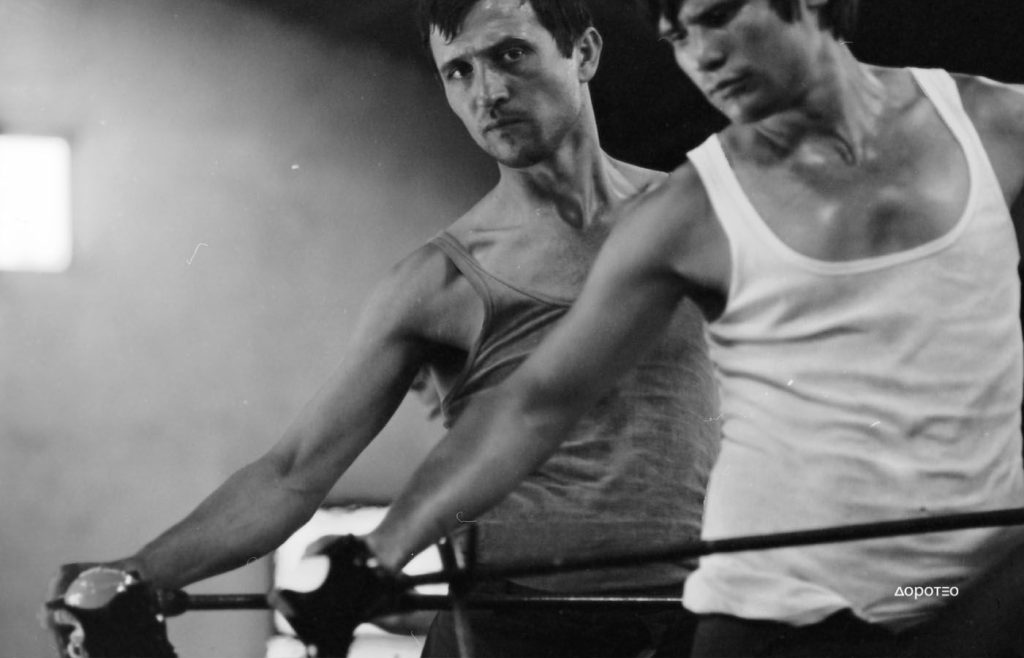
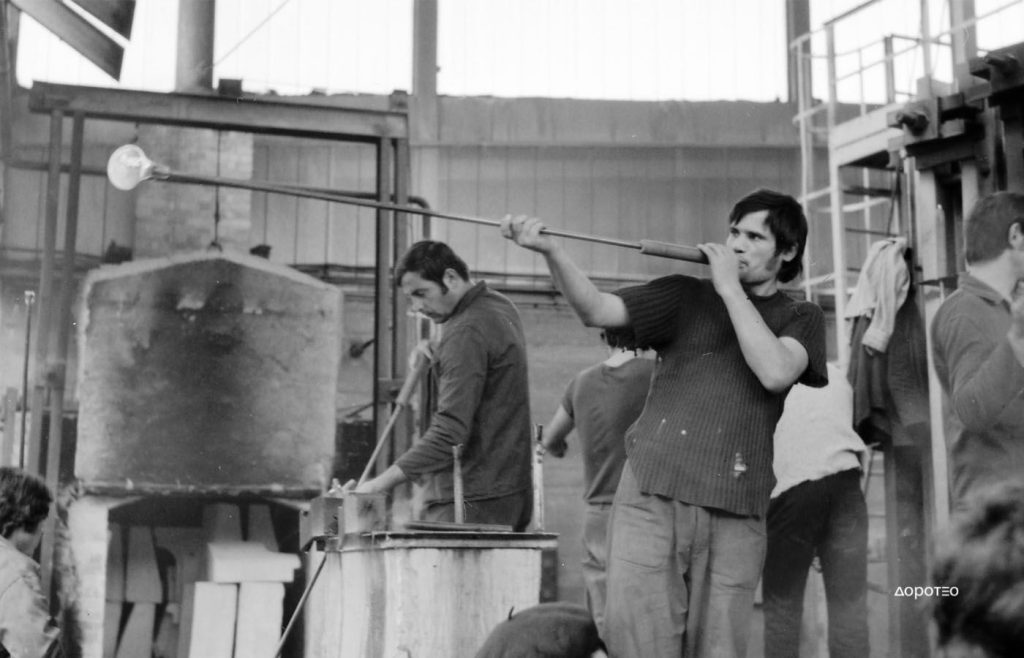
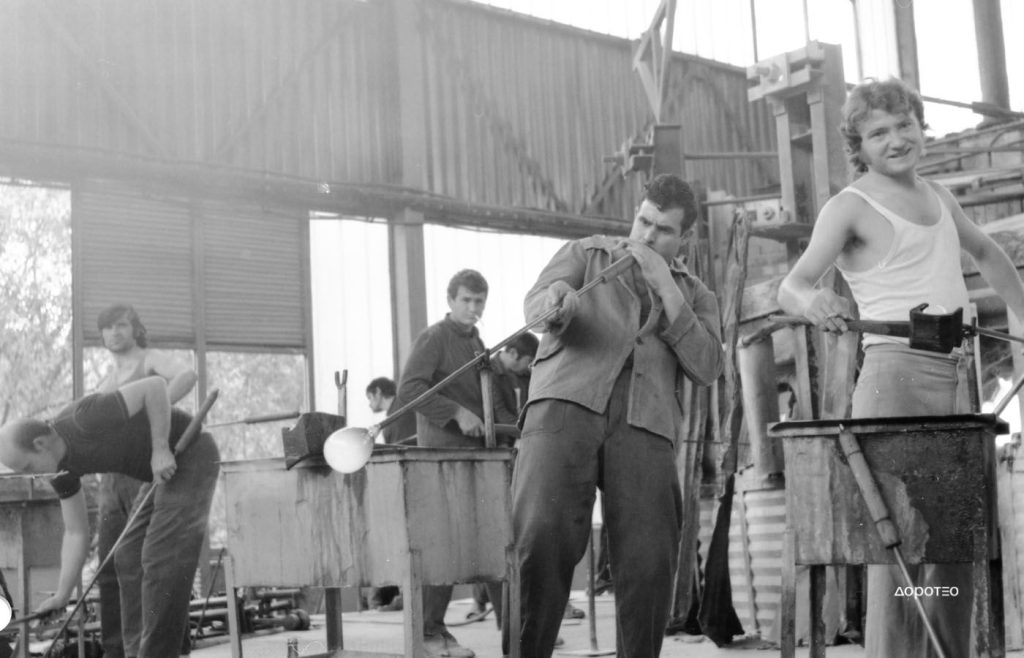
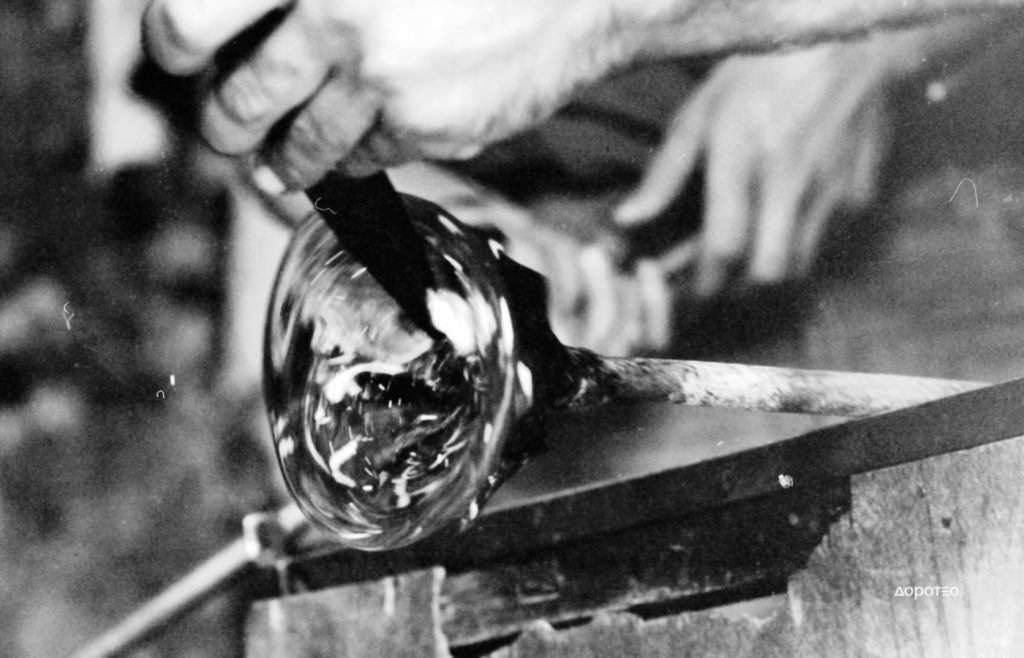
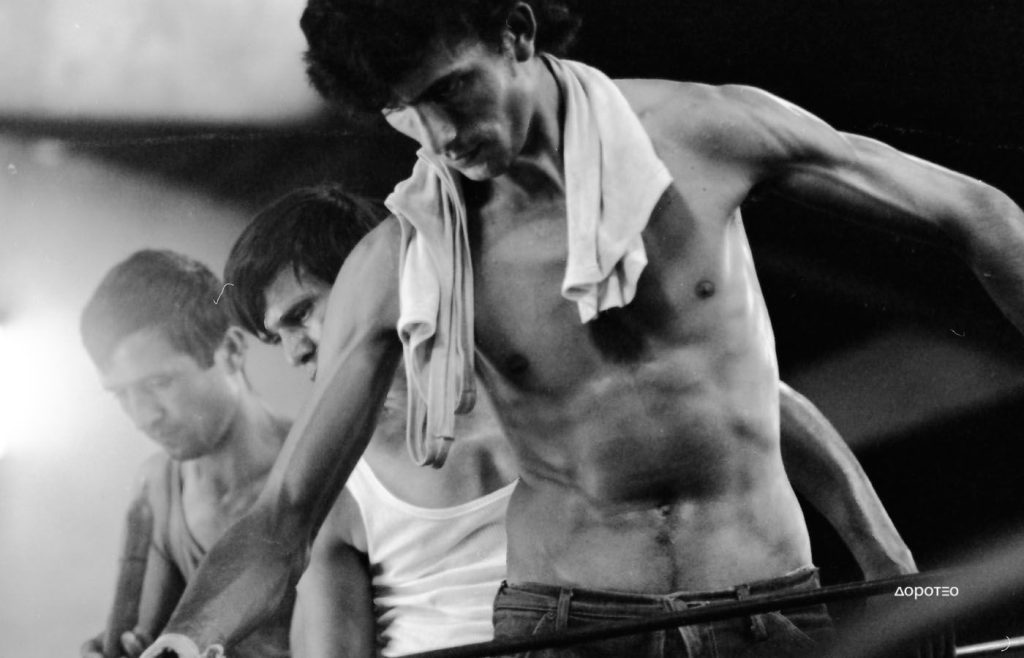
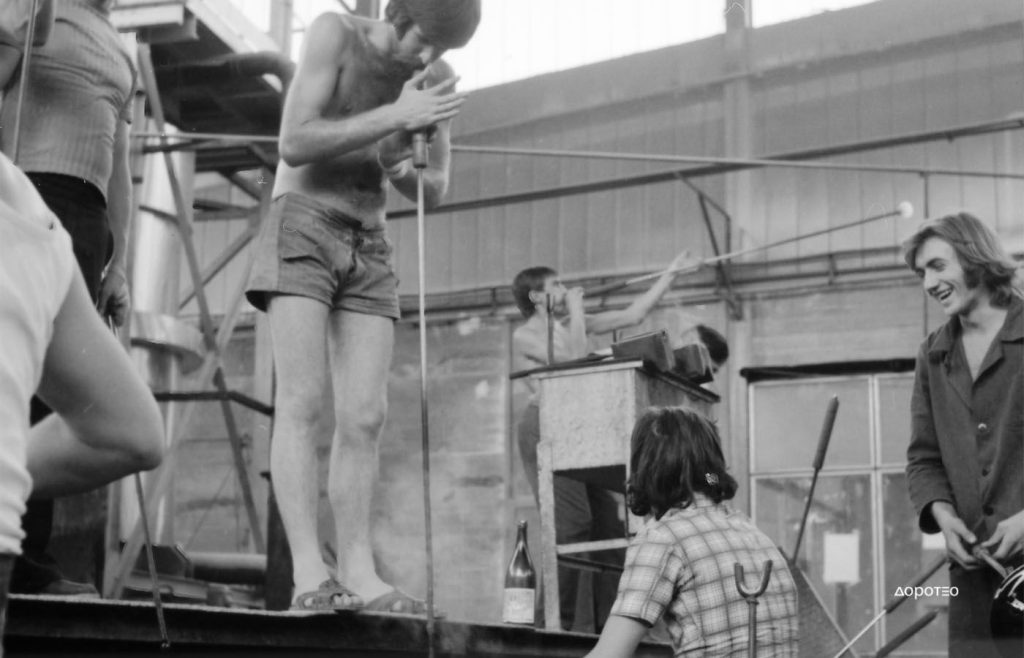
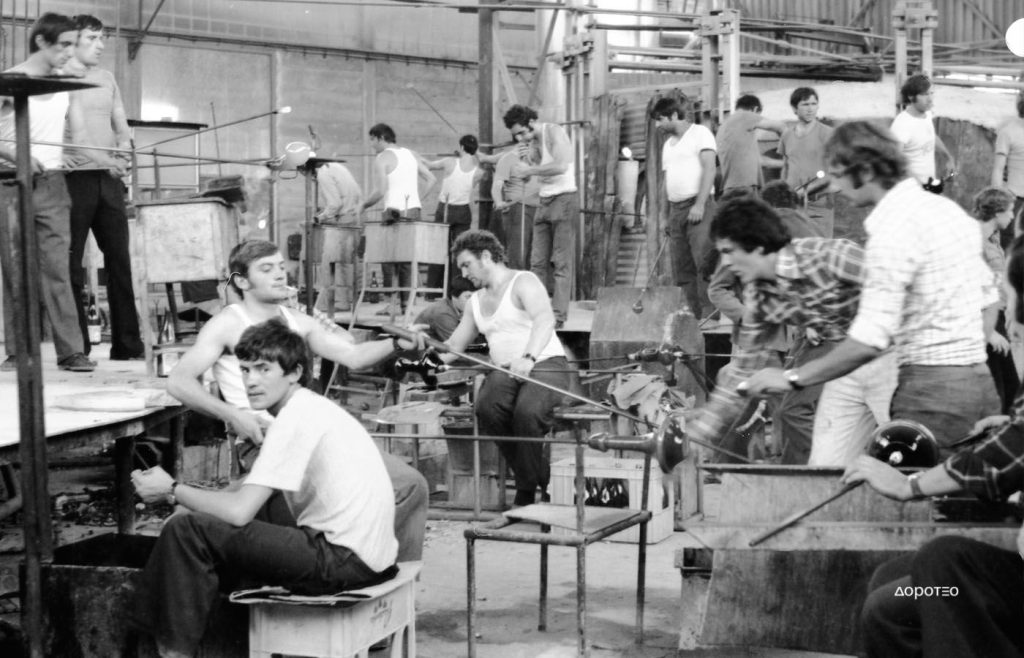
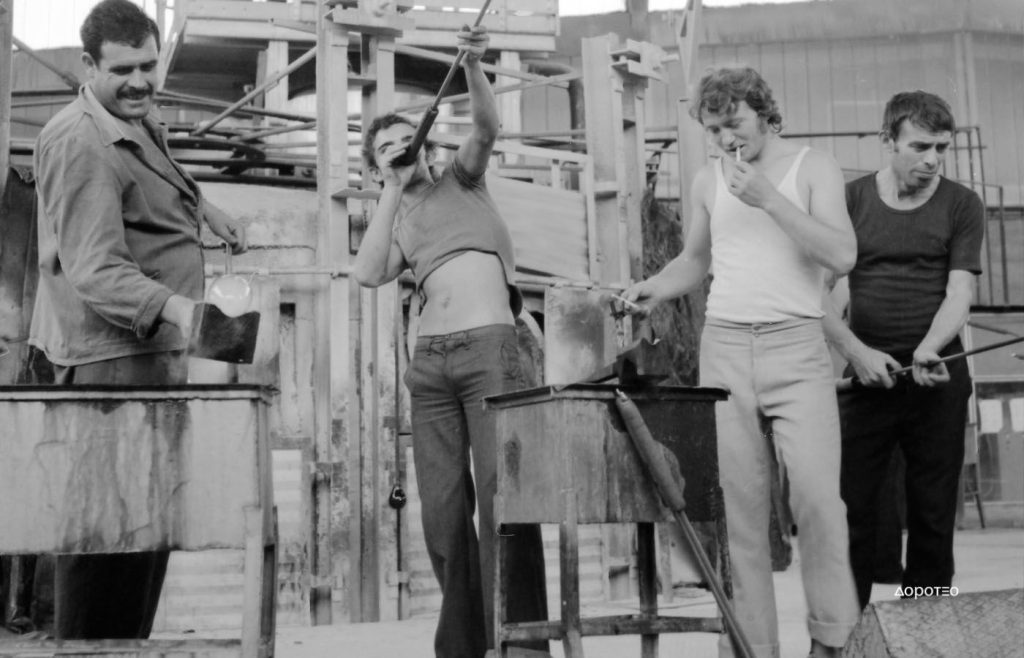
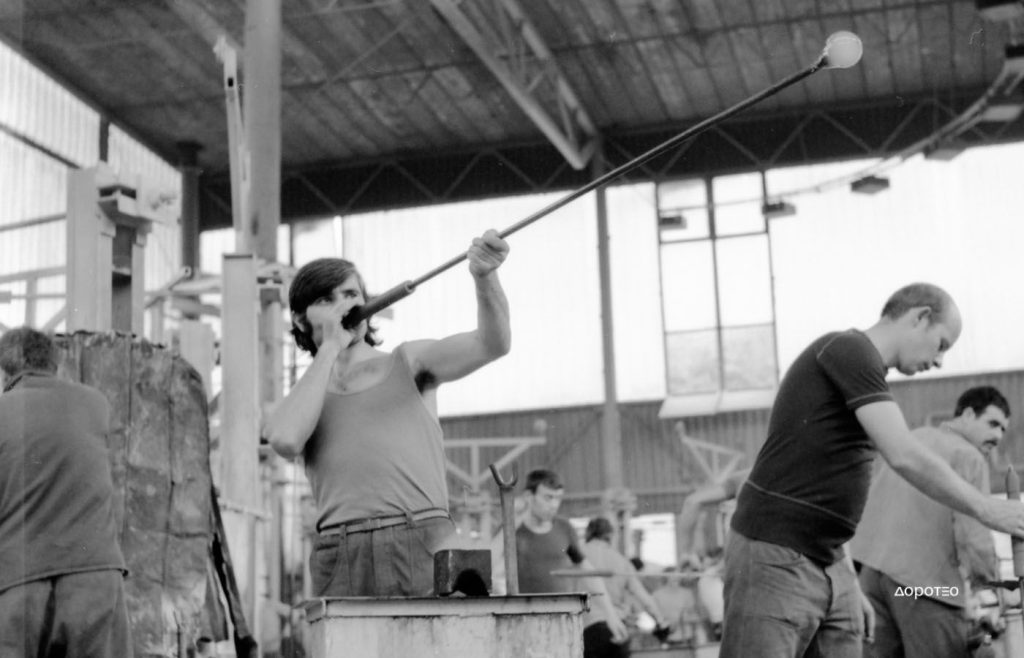
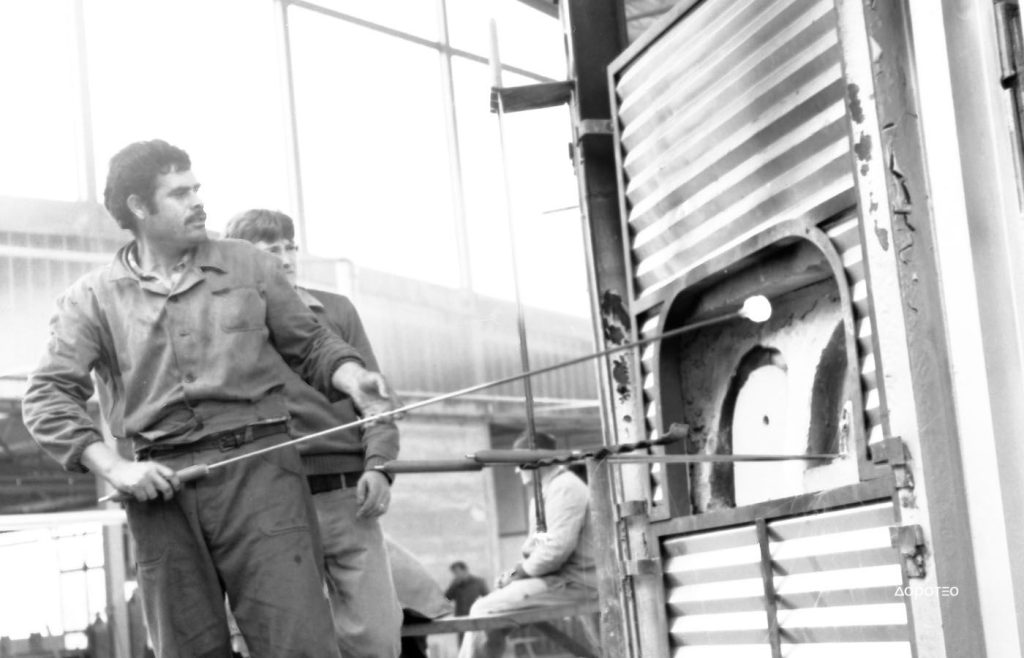
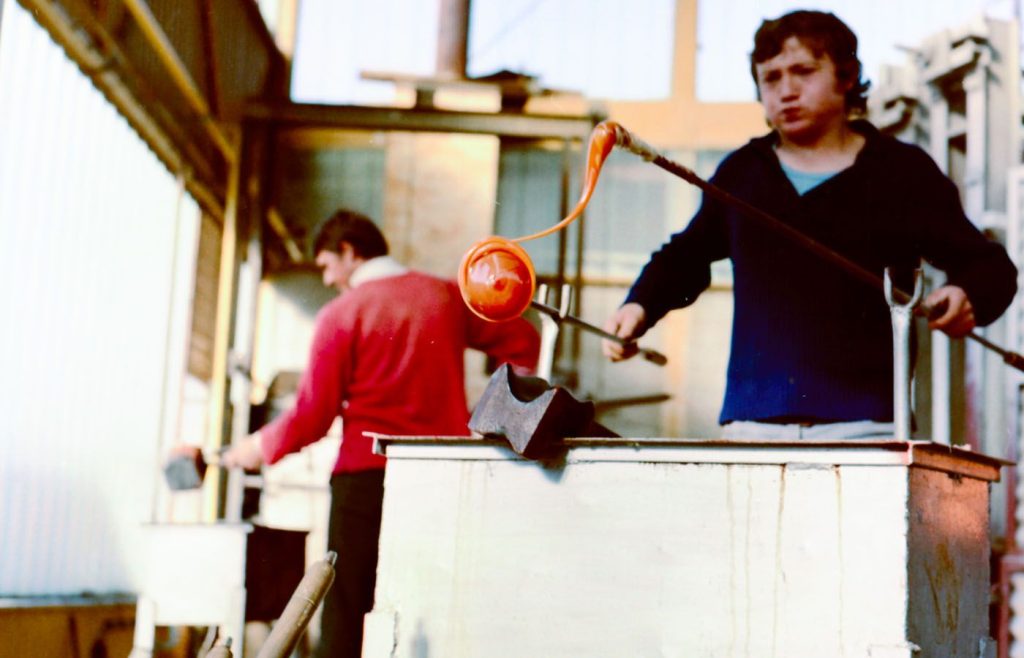
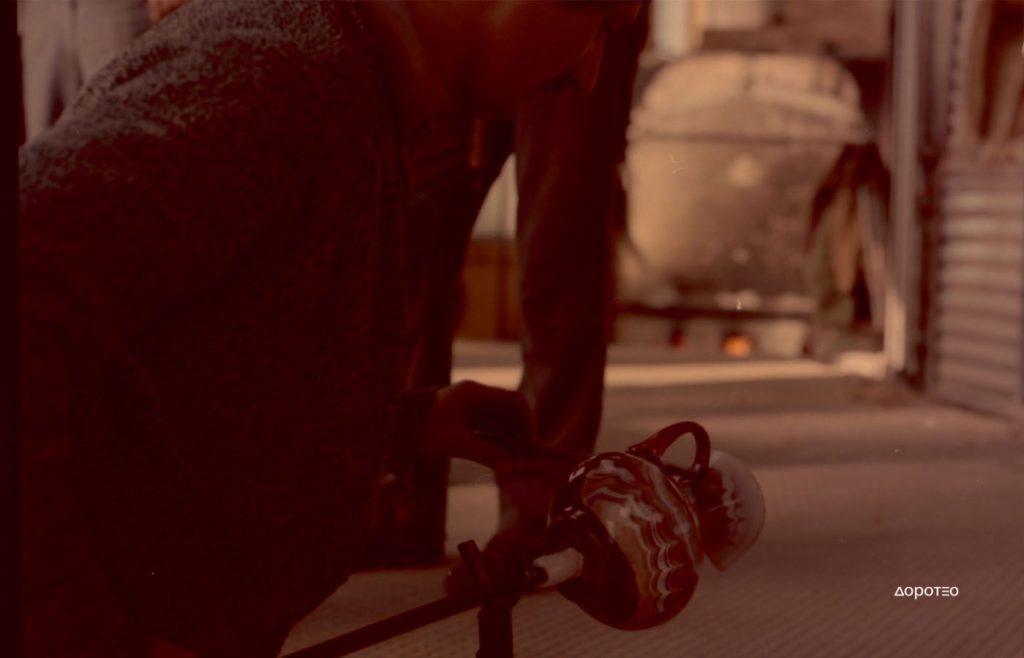
Pioneering Steps towards Innovation
In the mid-1960s, the factory’s production capacities increased, and there was also an expansion of the product range, which since then includes crystal prisms for chandeliers.
In 1972, the factory was struck by a major fire, and what the fire did not destroy, the flood that occurred later that year finished off. Since the entire factory was destroyed, a new, modern factory with twice the capacity was built, and full production commenced in 1975.
During the eighties, the factory’s products flooded the whole of Yugoslavia and were exported to Great Britain, Lebanon, Austria, Syria, Belgium, the Netherlands, France, West Germany, and the USSR.
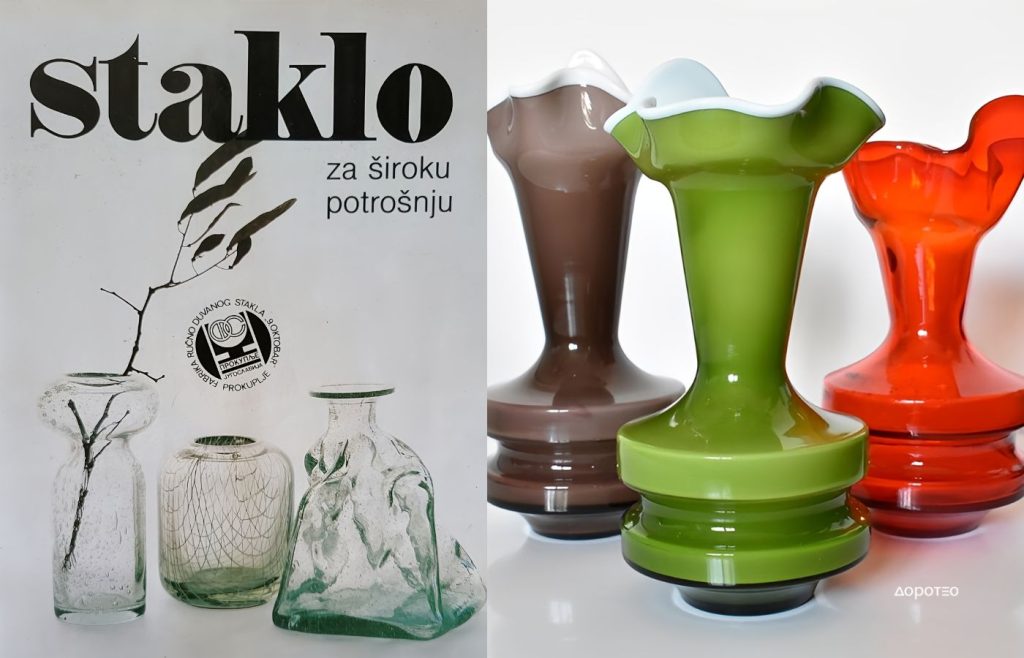
Since 1986, the factory has been operating at full capacity, and a six-hour working day, or four-shift work, was introduced. Entire product lines intended for household decorative and functional purposes were produced, including vases, ashtrays, bowls, multifunctional sets, glasses, decorative pitchers, glass for ikebana, as well as lighting glass and interior equipment glass.
Unique Forms
In 1981, the glassmakers from Prokuplje patented another product when they installed lighting and interior glass equipment in the renovated Hotel “Dubrovnik” in Moscow. The most impressive feature was an 18-meter partition with over 5000 glass forms, appearing as a fluttering, immense glowing curtain. The glass factory also outfitted the lobby, restaurant, part of the banquet hall, part of the staircase, and other areas in the same hotel. Following a similar principle, they also participated in the design of the “Oreanda” Hotel in Yalta and the “Stanislavski” Hotel in Moscow, where 8000 glass forms made by glassblowers in Prokuplje were incorporated into a chandelier and a glass partition.
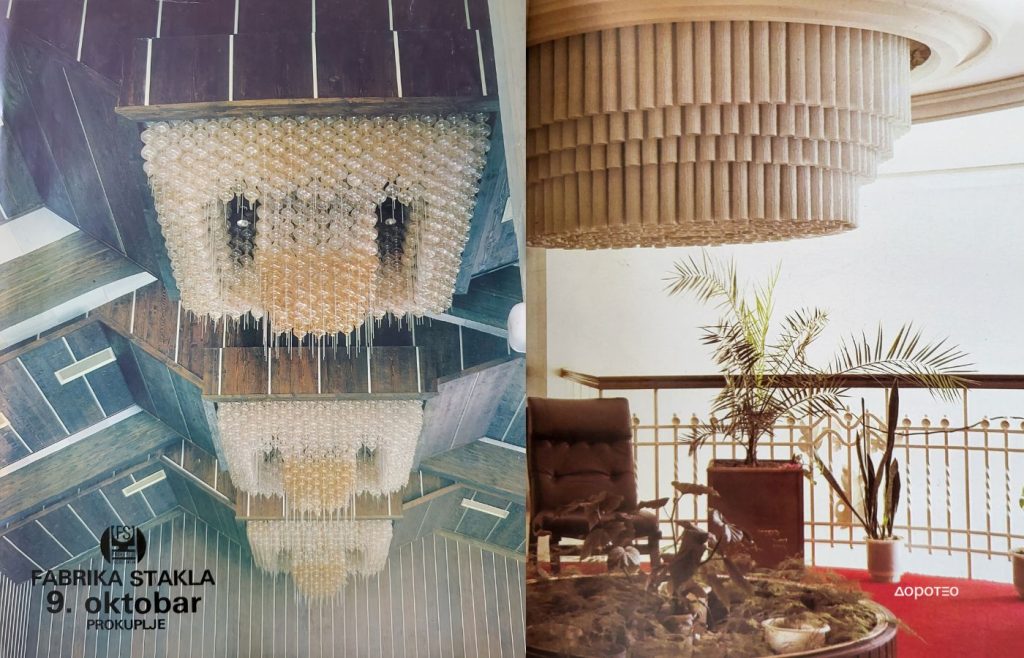
Considering the vast possibilities of glass in modern architecture, “9th October” pays special attention to interior glass. The glass factory and its glassblowers, guided by the ideas of the chief designer Dragan Drobnjak, whose skill was intertwined with artistry throughout, confidently dominated this program in the Yugoslav market, and to a large extent, abroad as well.
Over five years, the factory collective, intensely focused on the lighting and interior glass program, incorporated its products and ideas into many Yugoslav hotels, such as: the Anemia Treatment Center in Ivanjica, Hotel Lepenski Vir in Donji Milanovac, Hotel Pokajnica in Velika Plana, Hotel Krajina in Negotin, Rubin in Kruševac, Hotel Cavtat in Cavtat, as well as the theaters in Prokuplje and Kruševac, Niš Bank, the Banovina ceremonial hall in Niš, the University of Niš student restaurant, the Putnik Tourist Organization restaurant in Niška Banja, the Niš Electronic Industry restaurant, and the glass lanterns in the pedestrian zone of Knez Mihailova Street in Belgrade.
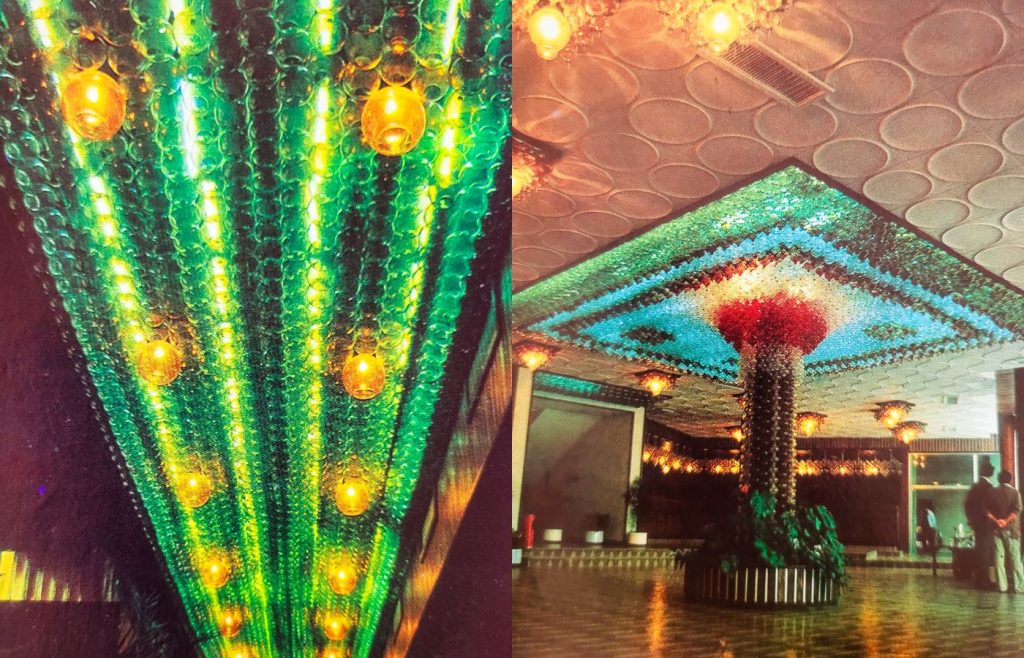
All products crafted by Prokuplje glassblowers were distinguished by high quality, original technology, and design created in the factory’s design office.
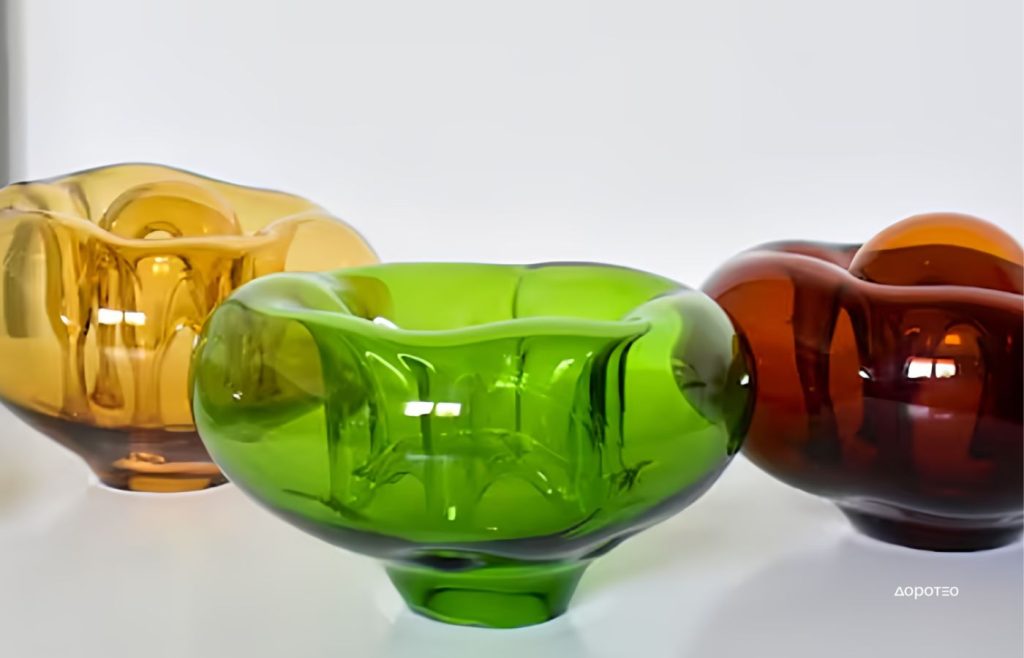
Design as an Identity Marker
A crucial development for the design department in the glass factory in Prokuplje occurred in 1969 when sculptor Dragan Drobnjak was employed as the head designer, known, among other things, for being the first student in the history of applied arts faculties to graduate in glass. His appearance coincided generally with the years when numerous actions for the affirmation of industrial design in Yugoslavia were at their peak, and design was becoming increasingly accepted as an integral part of modern life and a factor contributing to cultural and economic prosperity.
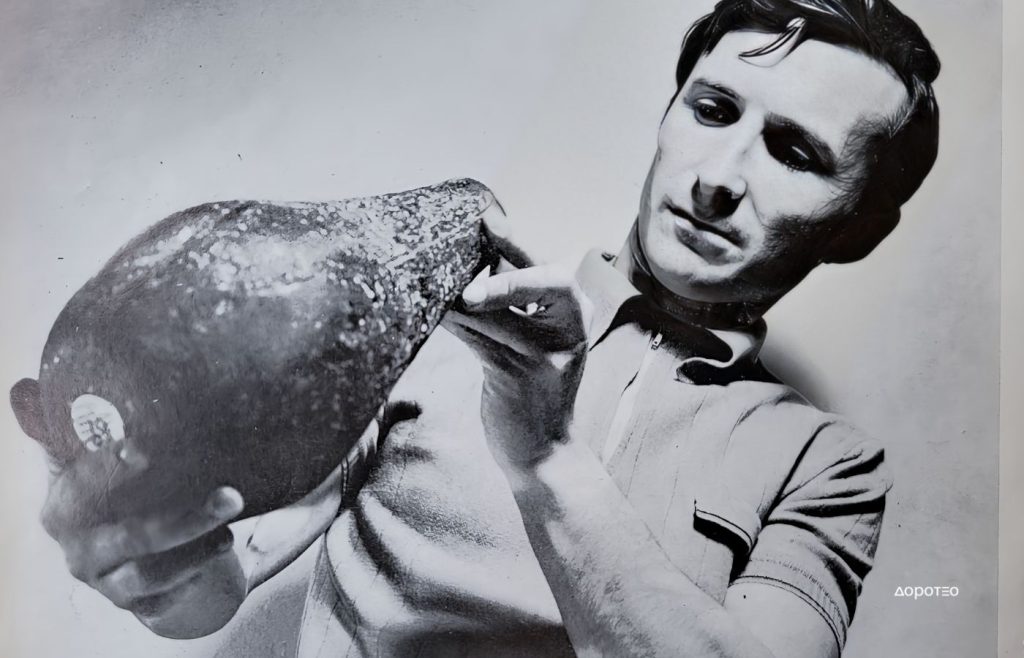
From the very beginning of his work in the factory, Drobnjak was visionary and ahead of his time.
The first task he assigned himself upon arriving at the factory, since the management at that time didn’t actually recognize their own needs that a designer could solve, was designing the logo and the first catalog. However, concurrently with that, he also designed packaging for the products, as there hadn’t been any before in the factory; instead, the glass was wrapped in old newspapers. After that, he focused on his specialty – searching for new shapes of vases, bowls, and other items the factory produced. While assisting in perfecting the existing assortment, he also contributed to new, more beautiful forms of utility objects.
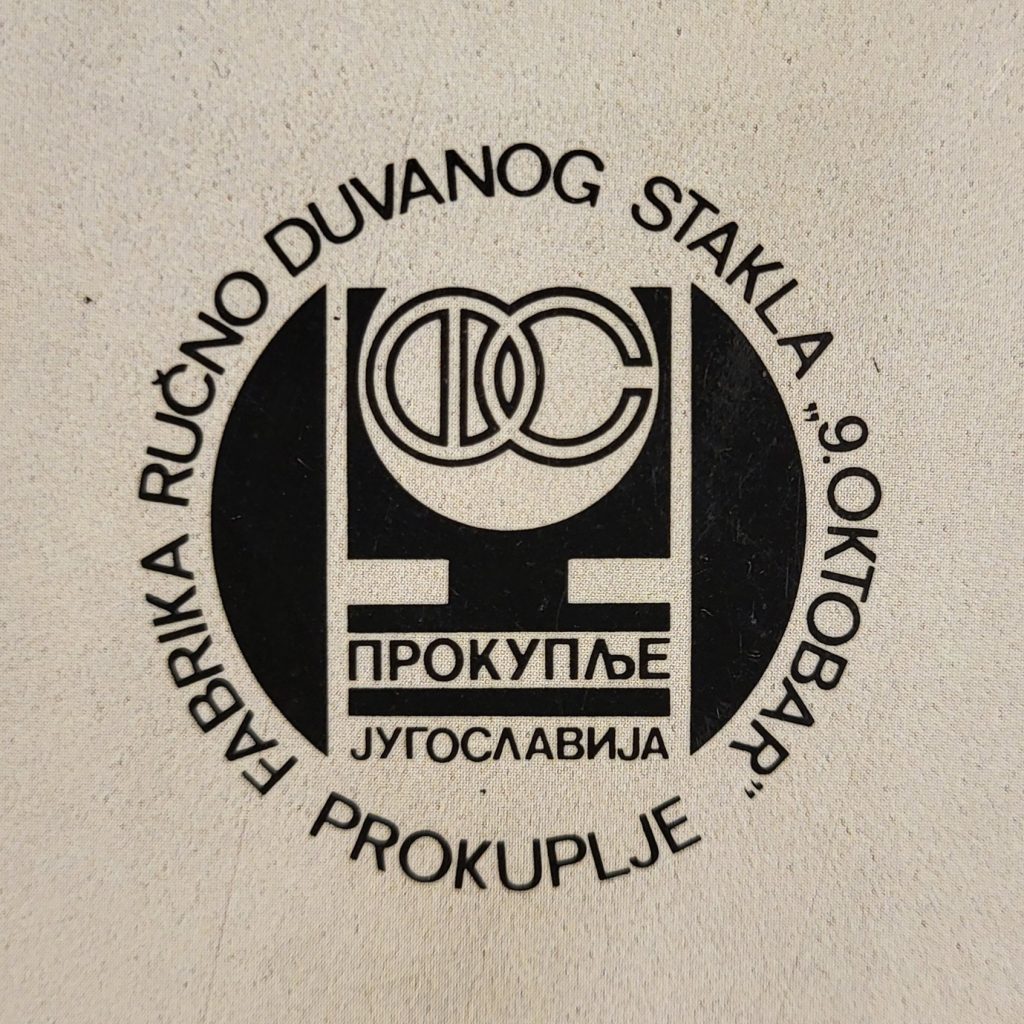
Factory logo, designed by Dragan Drobnjak, 1969/70.
Aesthetic and Functional in Glass Mass
In the initial years, Drobnjak devoted himself to designing glasses, which were the subject of his graduate thesis. Unlike vases, bowls, and ashtrays, which he often turned into sculptures, here he was more restrained in form but experimented with their functionality. To fulfill their basic task – suitability for use – besides holding liquid well and being stable, they should also be suitable for holding in the hand, easy to drink from, and their size and shape should correspond to the drink they are intended for.
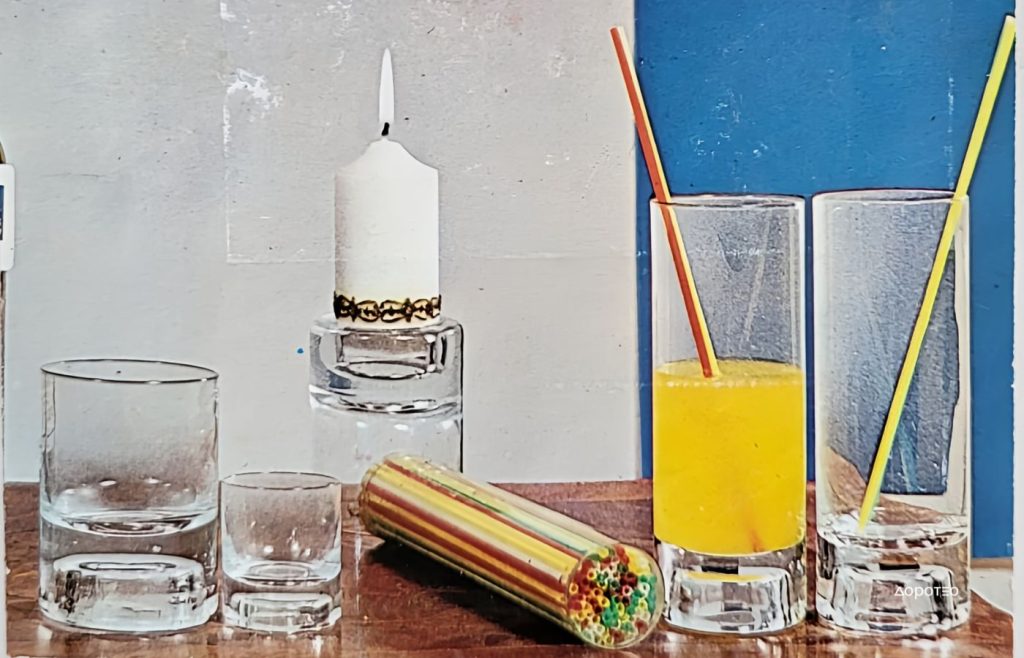
By solving this design problem, Drobnjak designs glasses whose base is made of solid glass or has an indentation in it. Such shaping of the base is not merely a result of coincidence but rather a fact that a solid base in a whisky glass or a refreshing drink glass prevents the hand from touching the walls of the glass, thus avoiding warming the drink that should remain cold. Drobnjak’s idea of glasses that can be used for two types of drinks by rotating and changing their position is also intriguing.
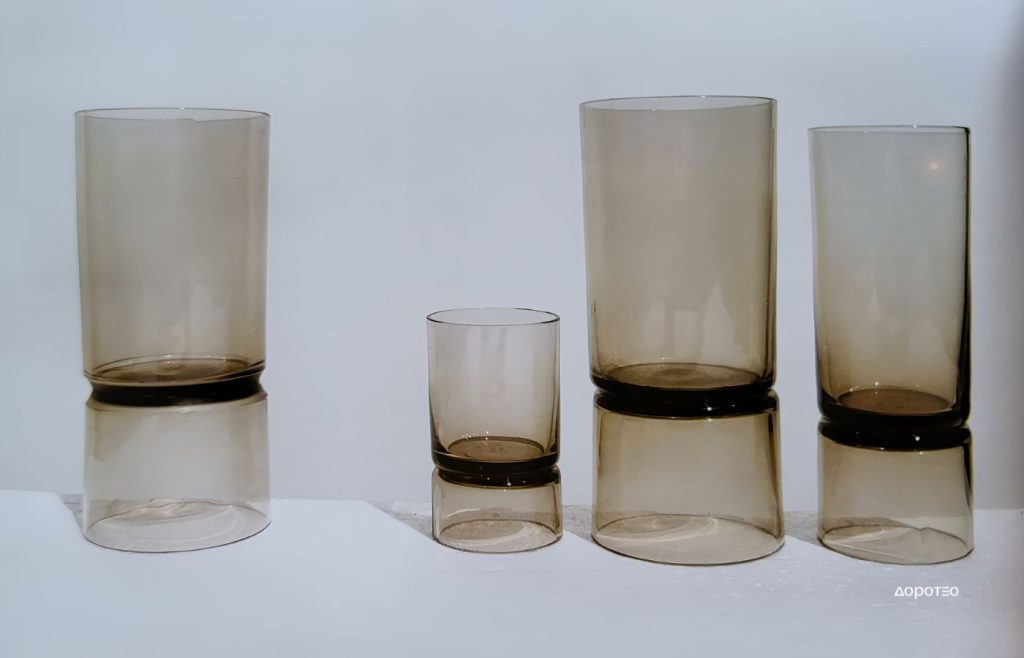
Following a similar principle, Drobnjak also designs a bottle with a separate compartment for ice to prevent dilution of the drink, but that product did not enter serial production.
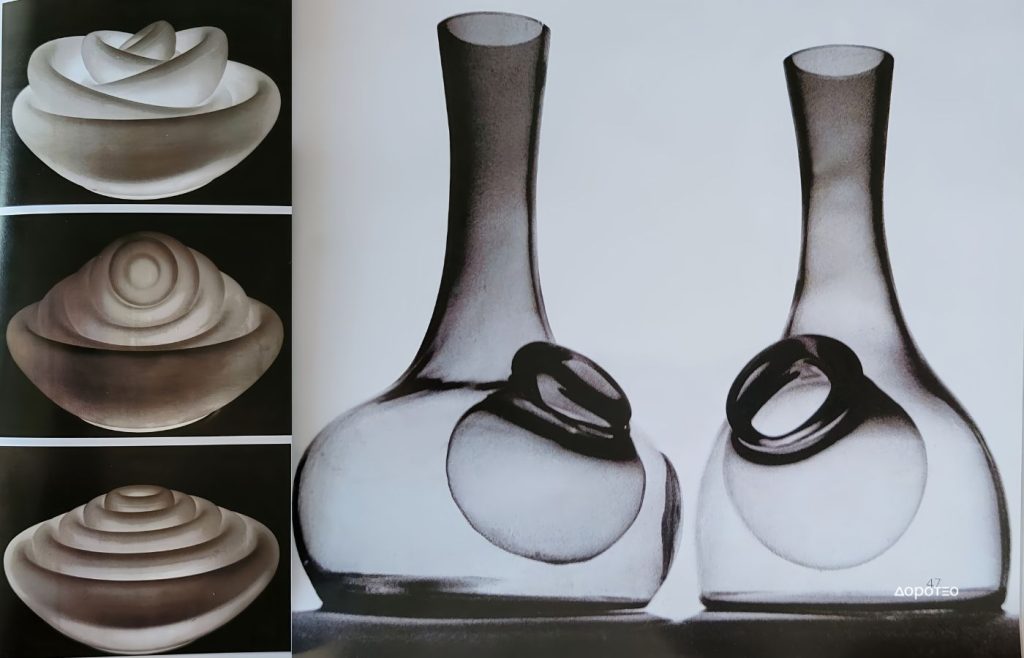
Design Visionary
The spirit of inquiry and creative curiosity of Dragan Drobnjak, while respecting all the demands posed by industrial design, are particularly evident in the creations of utility objects that have characteristics of multifunctional design, or products with multiple purposes. Whether they are sculptural forms of pure and unburdened ornamentation, which complement and fit together, allowing for multifunctional combinations and uses, or vases that also serve as candle holders, ashtrays that can double as candy dishes, and so forth, these are creations that satisfy the aspirations of individuals with refined taste, as well as those who prefer utility in a single product.
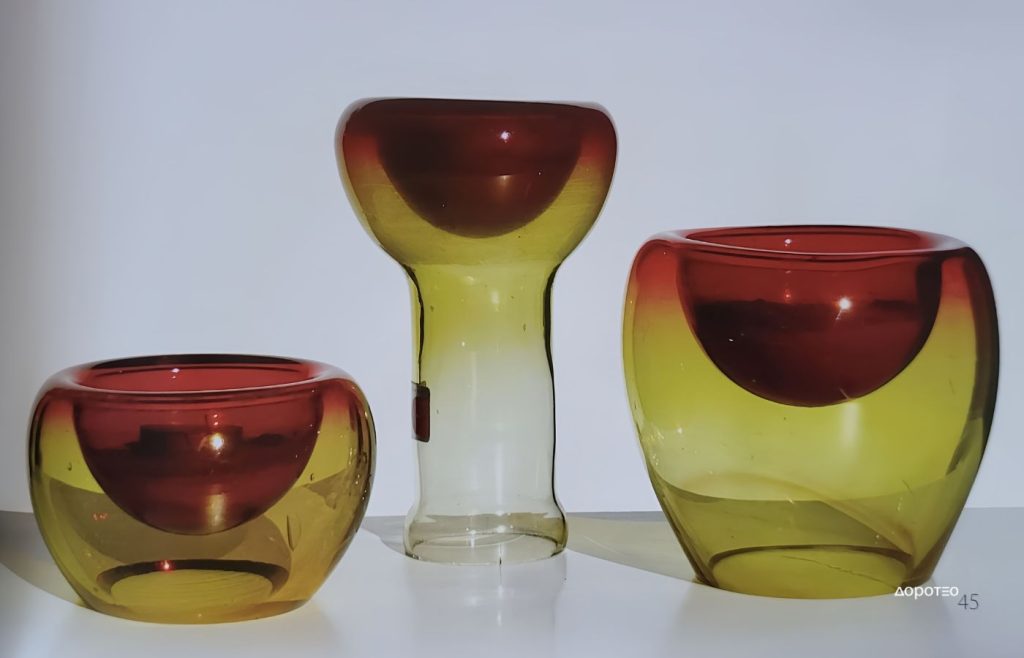
He simply made what was asked of him, without sacrificing his own talent and the feeling he had for form. His body of work demonstrates that the existing boundaries of industrial design and decorative plastic, which strives for the purity of art, are only a semblance imposed by the prejudice that glass is a smooth, transparent, and fragile mass subjected to banality and that artistic design is intended exclusively for museums and galleries, not everyday objects. In his work with applied glass, Drobnjak sought primarily to create shapes that become sculptures on the table, not just necessary packaging.
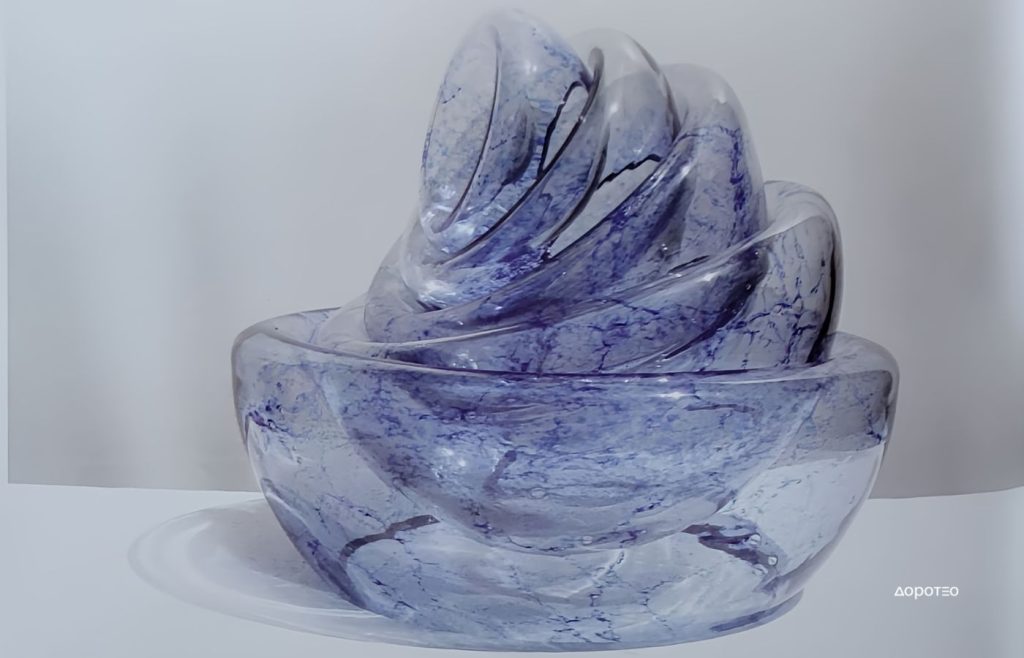
Legacy and Continuity
Dragan Drobnjak worked in the Glass Factory for over two decades, until 1991, concurrently creating in the fields of industrial design and pure visual expression. Leaving the factory only to dedicate himself more to sculpture, he continued to visit almost daily, contributing to the production and popularization of products.
However, during the nineties, the glass factory in Prokuplje faced increasingly difficult times. The sanctions imposed in 1992 led to a shortage of energy, causing the factory to operate at barely 15% of its capacity, and in 2003, it officially went bankrupt. After its closure, enthusiasts and glass lovers, former workers, and Dragan Drobnjak preserved its legacy, building some continuity in glass production in Prokuplje.
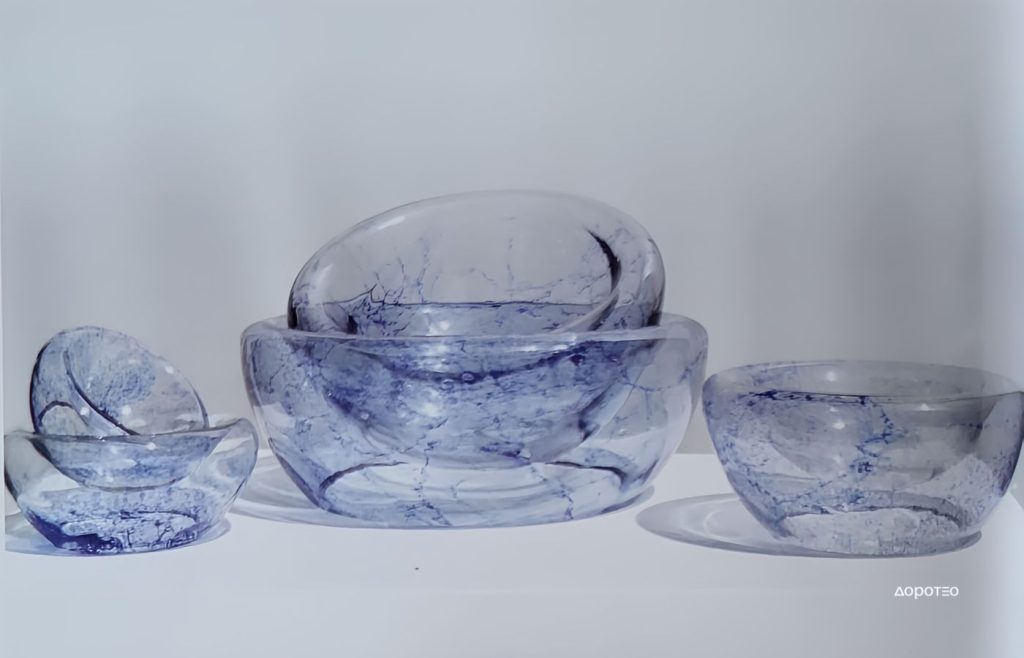
All images and materials are copyright protected and are the property of doroteo.rs

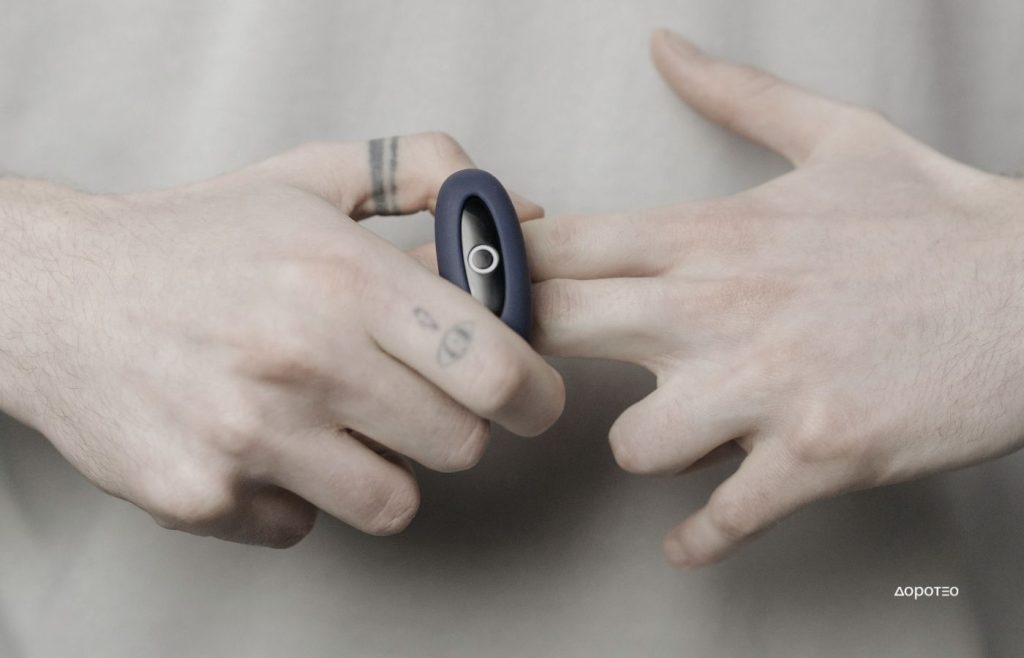

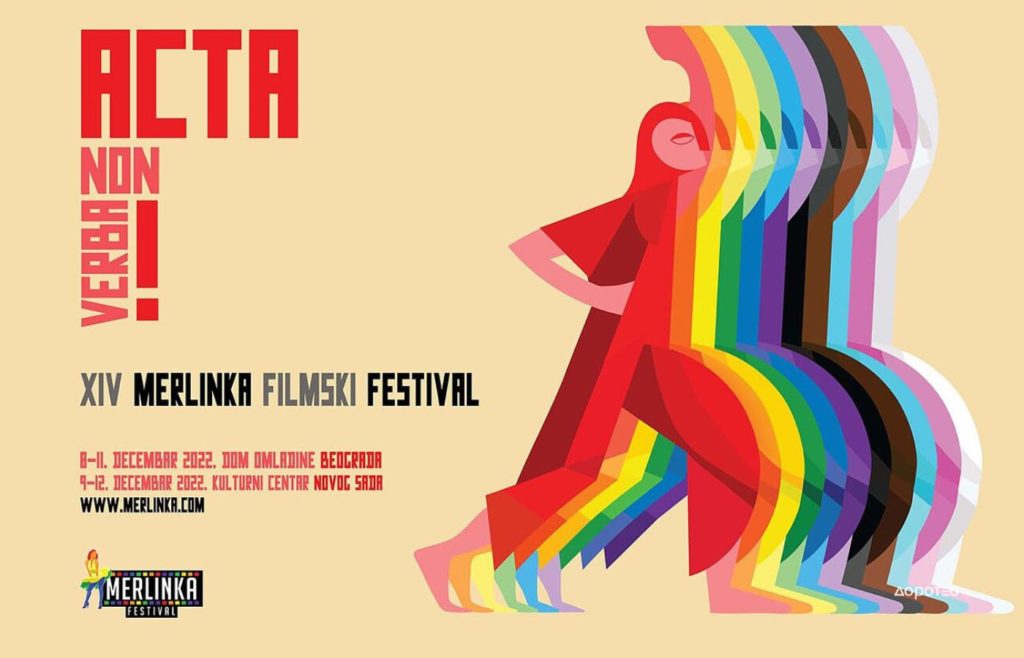
Comments (1)
STAKLO ZA ŠIROKU POTROŠNJU – Fabrika stakla Prokuplje – Doroteo
02/04/2024 at 05:40
[…] Read the story in English! […]